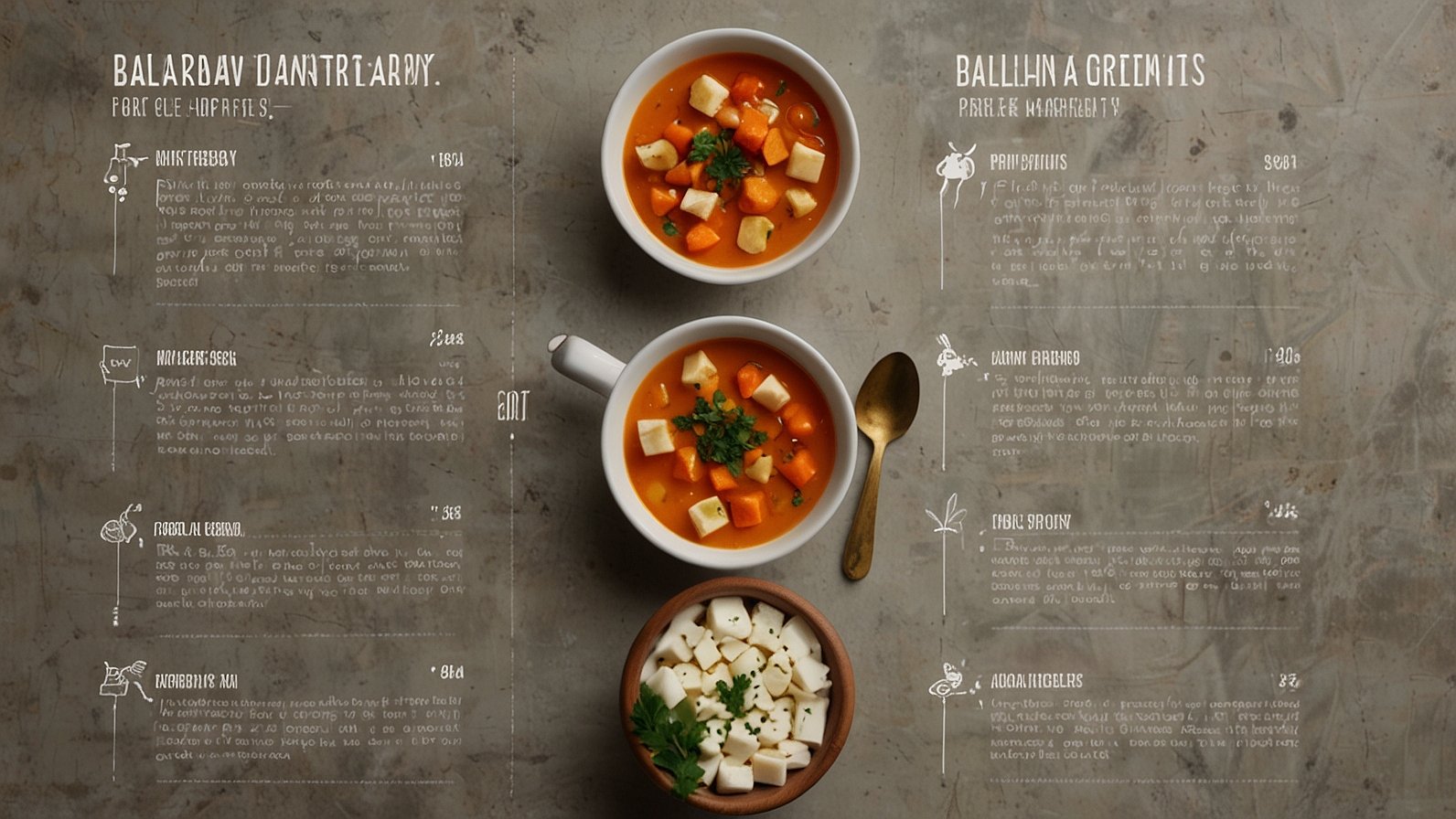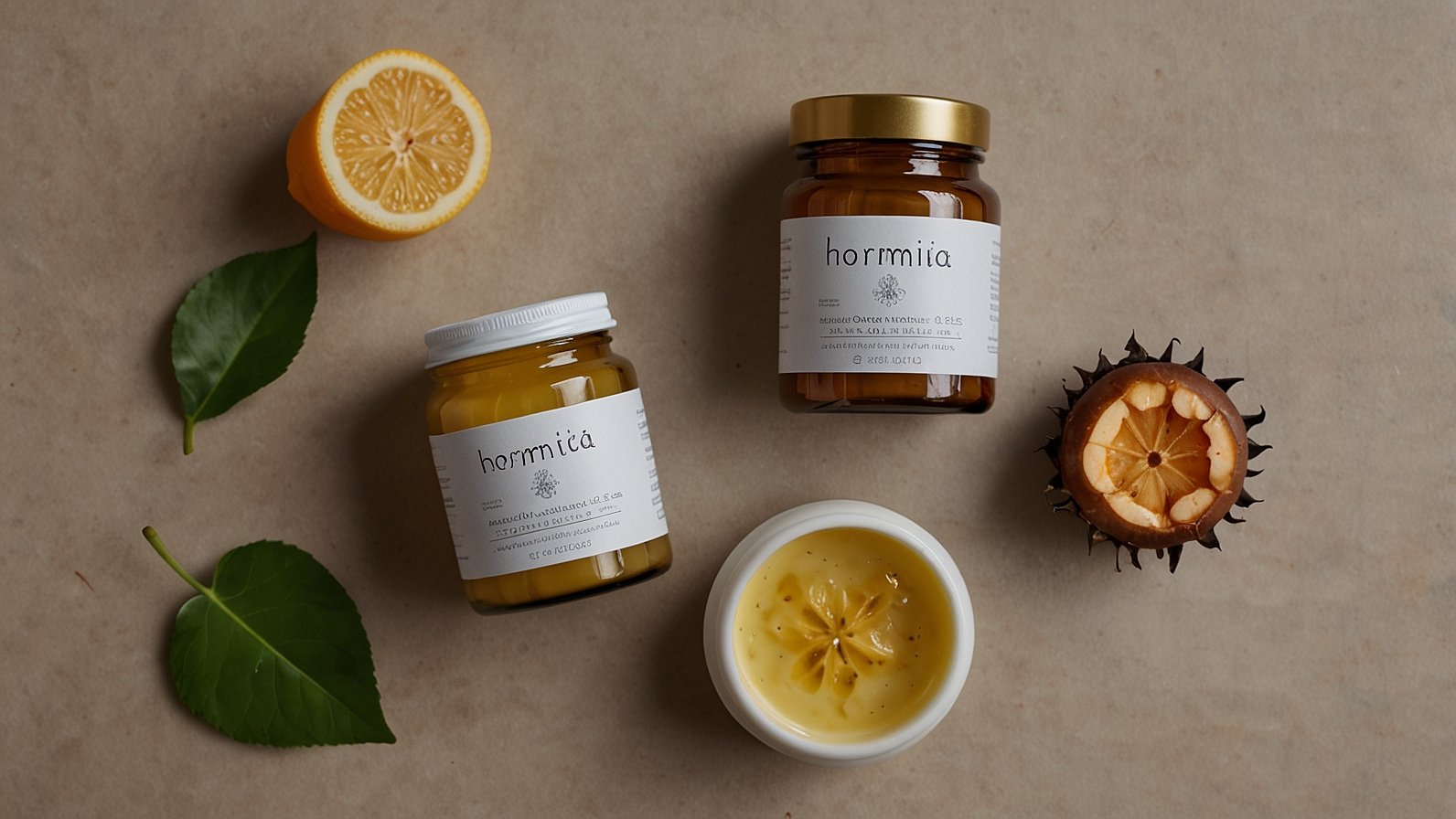What’s the one humble vegetable sitting in your local market, capable of transforming a simple soup into a soul-warming masterpiece and offering a treasure trove of health benefits? It’s not a rare spice or an expensive truffle. It’s pravi celer, the fragrant, earthy heart of Balkan cooking.
There’s an unmistakable aroma that fills a Balkan kitchen when the foundations of a good meal are being laid. That scent, pungent, herbal, and deeply comforting, is the smell of pravi celer at work. Let’s pull back the curtain on this culinary legend.
What Exactly is Pravi Celer? More Than Just a Stalk
Scientifically, it’s Apium graveolens—the same garden celery we all know. But while the celery you find in a salad might be all about the crunch, pravi celer is all about depth. It’s the same species, often just a more flavorful, aromatic variety selected for its cooking properties.
To clear up any confusion, let’s see how it stands apart from its celery-family cousins:
| Feature | Pravi Celer (Apium graveolens) | Celeriac (Knob Celery) | Leaf Celery (Cutting Celery) |
|---|---|---|---|
| Primary Use | Stalks & leaves for cooking | Root bulb for roasting/salads | Leaves as a herb |
| Flavor Profile | Intense, herbal, earthy | Nutty, potato-like | Robust, similar to parsley |
| Texture | Fibrous stalks, tender leaves | Dense, starchy root | Delicate, leafy |
The Heart of the Home: Pravi Celer in Balkan Tradition
Imagine a chilly autumn evening in a Serbian village. The star of the simmering pot isn’t the meat, but the trio of pravi celer, carrots, and parsley that forms the ‘začinska osnova’—the flavorful base that is the non-negotiable start of nearly every soup and stew.
Contrary to what some might think, this isn’t just an old wives’ tradition. This ‘Holy Trinity’ of vegetables is a classic example of building layered, umami-rich flavor from the ground up, a technique celebrated by chefs worldwide. Gently frying these chopped vegetables softens them and unlocks their essential oils, creating a flavor foundation that permeates the entire dish.
From the national dish of Bosnia, ‘Bosanski Lonac,’ where its stalks melt into the rich broth, to the clarifying power it brings to a traditional ‘teleća čorba’ (veal soup), pravi celer is the silent, hard-working hero. Using it in your cooking is like investing in a solid foundation for a house—you don’t always see it in the final product, but without it, everything else is weaker.
Beyond the Broth: Health Secrets of Pravi Celer
Think of pravi celer as a natural wellness toolkit. Every part of it packs a different punch.
- The Stalks: A great source of dietary fiber for digestive health and antioxidants like apigenin, which is known for its calming and anti-inflammatory properties.
- The Leaves: Often more potent than the stalks! They’re packed with Vitamin K for bone health and are a traditional remedy, often brewed into a tea, for soothing an upset stomach.
- The Seeds: While not from the common plant you eat, celery seed extract is famous in herbalism for supporting healthy inflammation levels and blood pressure.
How to Select, Store, and Use Pravi Celer Like a Pro
Ready to bring this powerhouse into your kitchen? Here’s how to handle it.
Selection: Look for firm, rigid stalks that snap cleanly. The leaves should be vibrant green and perky, with no signs of wilting or yellowing.
Storage: Wrap your bunch in a slightly damp paper towel and place it in a sealed bag or airtight container in the crisper drawer of your fridge. It’ll stay fresh and crisp for over a week!
Using It: This is where the magic happens.
- The Base: Finely chop the stalks and sauté them with onions and carrots as the start of any soup, stew, or sauce.
- The Garnish: Don’t throw away the leaves! They are gold. Chop them fresh and use them as a powerful, aromatic garnish on salads, roasted meats, or mashed potatoes.
- The Secret Weapon: Dry the leaves in a low oven or a dehydrator. Crush them, and you have an incredible homemade herb to season throughout the winter.
My own grandmother would never dream of starting a soup without first gently frying a few chopped stalks of pravi celer. That smell is, to this day, the smell of home for me.
Your Next Steps with Pravi Celer
So, there you have it—pravi celer is far more than just celery. It’s a cultural touchstone, a flavor architect, and a natural remedy, all in one humble bunch.
3 Tips to Try Today:
- The Base: Next time you make a soup, start by sautéing a chopped stalk of pravi celer with your onions.
- The Garnish: Chop the fresh leaves and use them as a powerful, flavorful finish on salads or roasted meats.
- The Experiment: Juice a stalk with apple and ginger for a surprisingly revitalizing and anti-inflammatory drink.
What’s your favorite family recipe that relies on a ‘secret’ foundational ingredient like pravi celer?
You May Also Read: Unlock the Secrets of Foenegriek: The Ancient Spice for Modern Health
FAQs
Q: Is pravi celer the same as the celery I find in my supermarket?
A: Yes, it’s the same species (Apium graveolens), but the varieties used in Balkan cooking are often selected for more intense flavor and aromatic leaves. A standard organic bunch of Pascal celery is a perfect substitute.
Q: Can I use the root of pravi celer?
A: The root of common stalk celery is small, tough, and not typically eaten. For a delicious, edible root, you’re looking for celeriac (knob celery), which is a different cultivar of the same species.
Q: What’s the best substitute for pravi celer if I can’t find it?
A: Standard Pascal celery is a fine substitute. For a closer flavor match, use the inner, lighter green stalks and leaves from an organic bunch, as they tend to be more aromatic and less stringy.
Q: Why are the leaves so important?
A: The leaves are concentrated with essential oils and flavor compounds, making them an incredibly potent and nutritious herb. They often contain higher levels of vitamins and antioxidants than the stalks. Never discard them!
Q: Is it true that celery has “negative calories”?
A: This is a persistent myth. While celery is very low in calories, the energy your body uses to digest it (thermic effect of food) does not outweigh the calories it provides. However, it is still an excellent, hydrating, and nutrient-dense choice for any diet.










